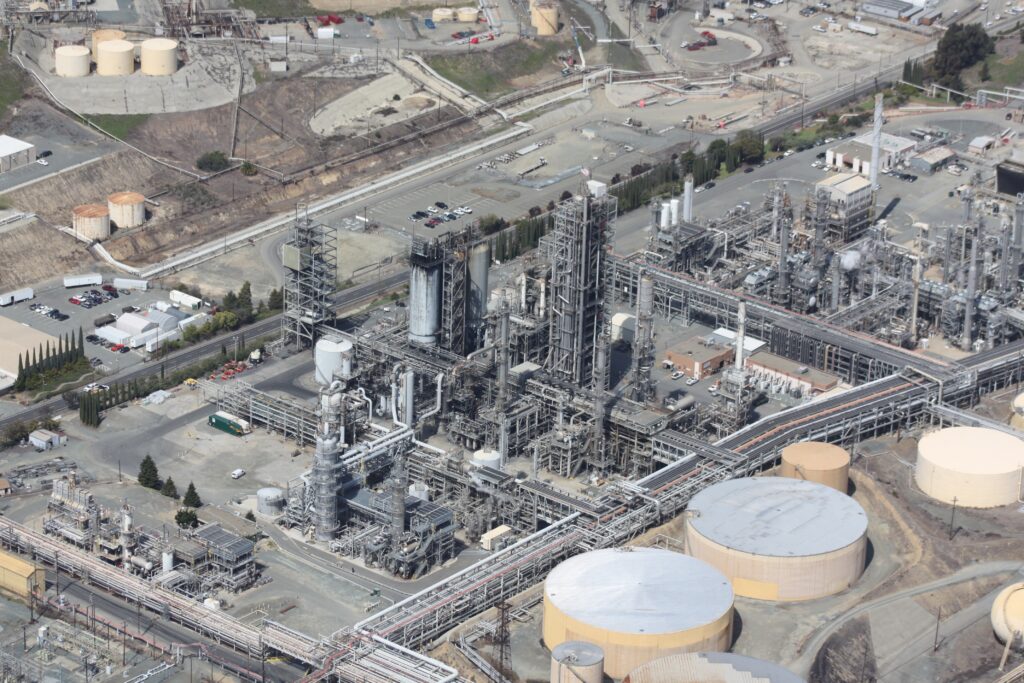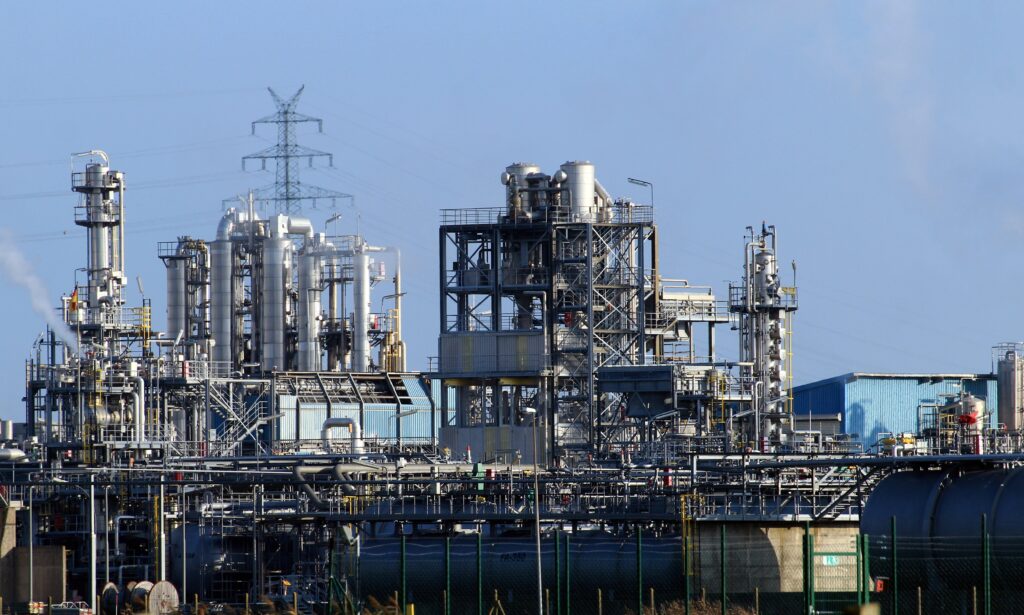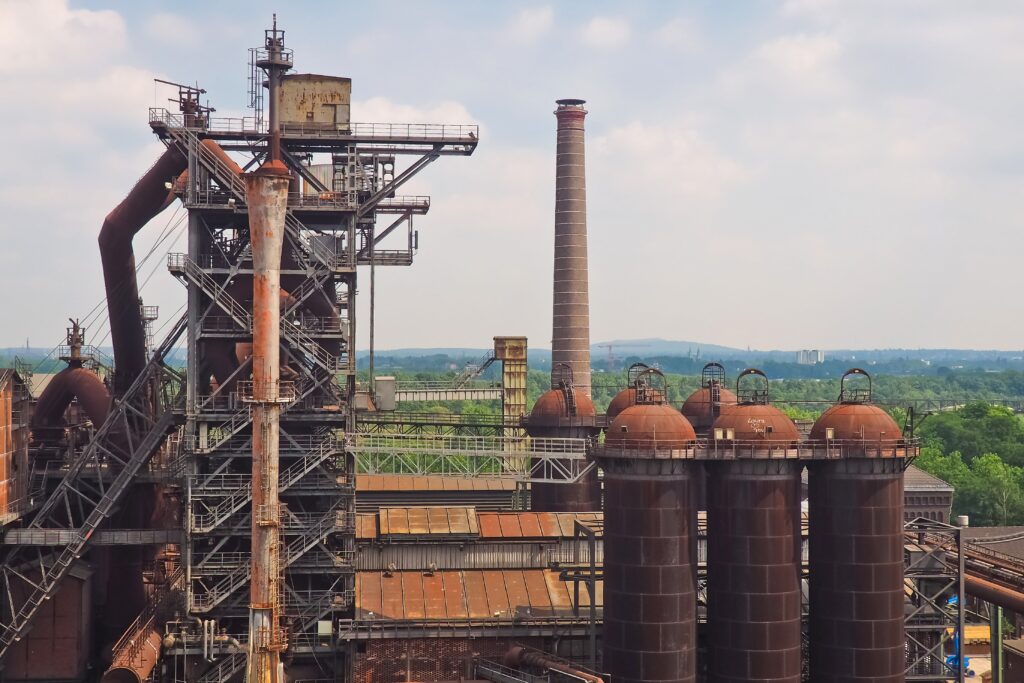Services
Process Safety for onshore and offshore
Fire and explosion risk analysis (FERA) is the vital part of the safety studies for both onshore and offshore installations. It gives an overall risk picture of the facilities subjected to accidental events caused by unintended gas leak and subsequent ignition. As a part of the studies both fire and explosion frequencies for each designated fire area is generated with an appropriate ignition modeling and leak frequencies asper the client requirements. The outcome of this analysis will provide a detailed recommendations for a subsequent 3D consequence modeling analysis for a specific high risk areas.
Consequence modeling with simple analytical/empirical models and an advanced 3D CFD modeling will be performed to assess the severity of the accidental events. The analysed results will be used for Risk matrix generation in combination with QRA (Quantitative Risk Analysis) and safety studies. A more detailed flow insight and safety recommendations in the design layout will be given to the client during FEED (Frontend engineering design), Detailed and As-built stages of the design.
Gas dispersion analysis for flammable and toxic releases gives a detailed flow insight of gas spreading and its exposure to safety critical areas. Both 2D analytical and an advanced 3D CFD modeling can be performed depending upon the design maturity of the facility. The effects of wind speeds , wind stability class (A,B,C,D and F) , 3D Terrain effects and obstacles will be modelled to get a realistic safety distances of gas spreading which may optimise the gas detector layout and also emergency preparedness.
Unintended gas and liquid flammable leaks with an immediate ignition may results in jet and pool fires. Both empirical modeling and a detailed 3D CFD modeling can be performed depending upon the design maturity. Heat loads on the safety critical elements (SCE’s) and to the personnel’s in working area environment will be assessed. Impairment frequencies for the escape routes, Muster areas, Life boats , Critical load bearing structural members, Temporary Refuge(TR) and CCR ( Central control room) will be evaluated. Design recommendations critical to fire accidental events will be given to the client.
Unintended gas and liquid flammable leaks with delayed ignition may results in Vapour cloud explosion. Both empirical modeling and a detailed 3D CFD modeling can be performed depending upon the design maturity of the facility. Explosion overpressures and Drag loads on safety critical elements (SCE’s) and to the personnel’s in working area environment will be assessed. Impairment frequencies for the escape routes, Muster areas, Life boats , Critical load bearing structural members, Temporary Refuge(TR) and CCR ( Central control room) will be evaluated. Design recommendations critical to explosion accidental events will be given to the client
Both Natural and mechanical ventilation of air flow modeling in semi and enclosed process facilities will be simulated using CFD methods. Typical outcome of the results are Air exchanges per hour (ACH), Air Stagnant zones and Recirculation zones where the gases can be trapped inside the facilities. Design recommendations for optimum ventilations to dilute the gas clouds and mixing it effectively by drawing more air into the congested process areas will be given.
Windchill analysis with CFD flow modeling gives a thermal comfort for the working personnel’s in offshore platforms with cold environment. The main outcome of the studies gives a detailed recommendation’s for wind wall designs around the platform deck periphery for optimal thermal comfort.
Steel structures subjected to Fire and explosion loads will be analysed by a nonlinear structural response analysis to check the residual strength of the steel structures and the integrity of the barriers. The purpose of this study is to evaluate the Design accidental loads (DAL) as derived from fire and explosion analysis.


Mitigation Analysis
Deluge modeling for fire and explosion analysis can be performed to reduce the heat loads and overpressure respectively. A Lagrangian water droplet modeling for the particulate phase and an eulerian modeling for the gas carrier phase will be simulated to exchange the heat and pressure generated from the combustible gas products mixtures and water.
PFP optimization studies will be performed for the Primary steel members subjected to design accidental fire loads. A detailed transient 3D heat load mapping on the structures and subsequent response for the gravity loads will be performed to check the integrity of main load bearing members with PFP.
Structural integrity of blast walls, decks and steel structures subjected to design accidental loads will be assessed.
Advanced Fluid structure Interaction
- Blast response (1 way and 2 way coupling)
- Helideck turbulence prediction and structural dynamics
- Atmospheric wind turbulence for bridge design(LES)
- Vortex induced vibrations (VIV)

